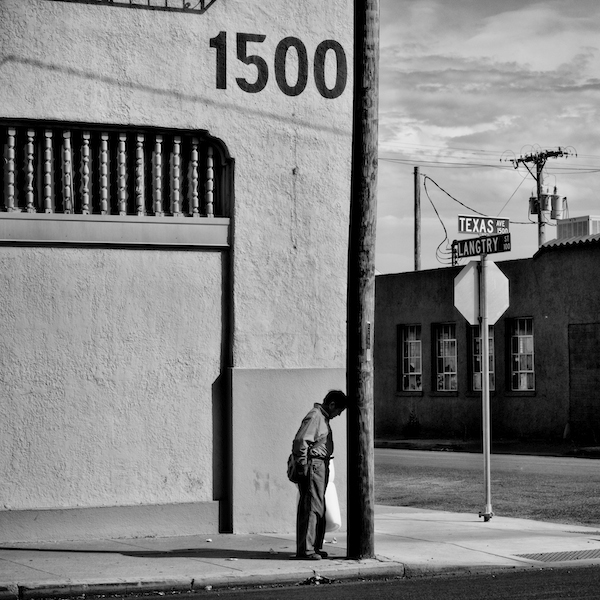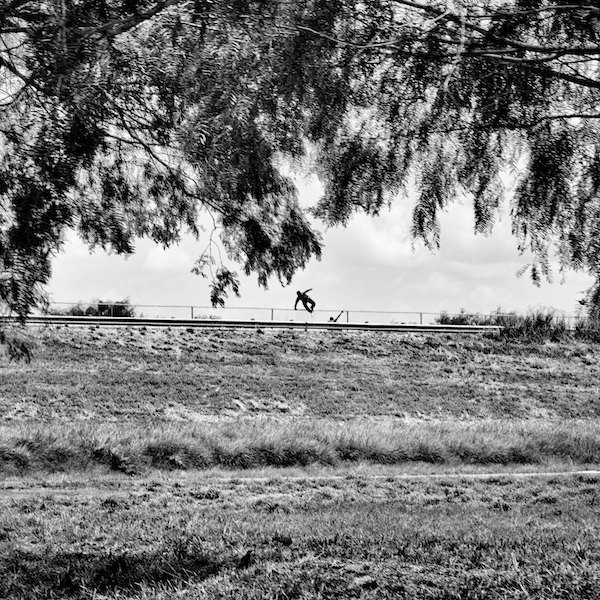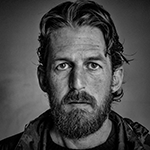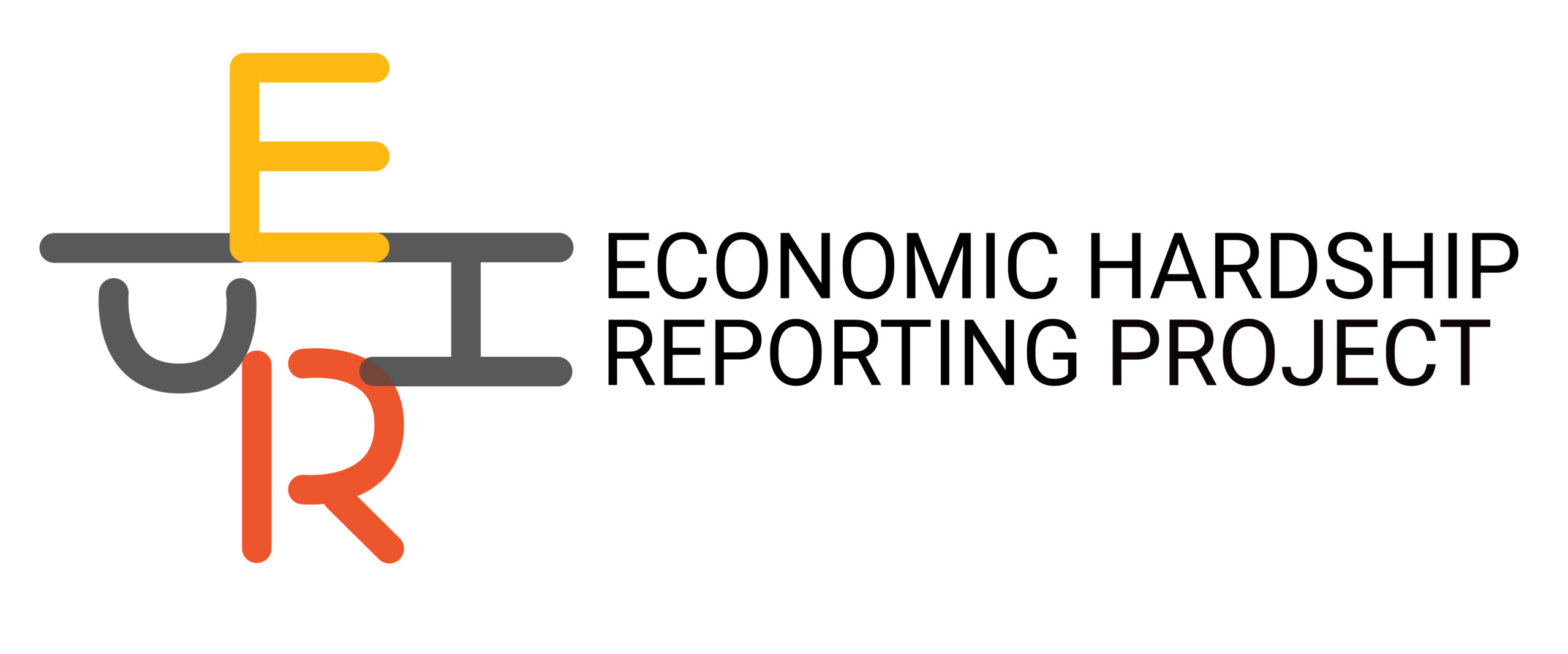


The most vulnerable Americans are being crushed by the grip of poverty, from the deserts of the Southwest through the black belt in the South, to the post-industrial, rusting factory towns that dot the Midwest and Northeast.
From border to border, high-poverty rates have crippled entire communities, leaving bellies burning with hunger and hope of better days dwindling. Income inequality has widened in recent decades while upward mobility has declined. A tiny percentage of high income Americans hold the majority of the wealth in this country.
Quite plainly, the rich have grown richer and if you’re born poor here you’re likely to die poor. The slight declines in the national poverty rate have done little to allay the day-to-day plight of so many who are just scraping by, largely invisibly and along the margins.
The poverty rate for African Americans and Hispanics is particularly stark, with 27% and 23.5% respectively falling below the poverty line.
Artist Bios
-

Matt Black
Matt Black is from California’s Central Valley, an agricultural region in the heart of the state. His work has explored the connections between migration, poverty, farming, and the environment in his native rural California and in southern Mexico for two decades.
In 2014, he began the project The Geography of Poverty, a digital documentary work that combines geotagged photographs with census data to map and document poor communities. In the summer of 2015, he undertook a thirty state trip photographing seventy of America’s poorest places, work that was published as a four part series on MSNBC. Other projects include The Dry Land, about the impact of drought on California’s agricultural communities, and The Monster in the Mountains, about the disappearance of forty three students in the southern Mexican state of Guerrero. Both of these projects, accompanied by short films, were published by The New Yorker.
Time Magazine named him Instagram Photographer of the Year for his Geography of Poverty project. His work has also been honored by the Robert F. Kennedy Memorial Foundation, the Magnum Foundation Emergency Fund, the Pulitzer Center on Crisis Reporting, Pictures of the Year International, World Press Photo, the Alexia Foundation, the Center for Cultural Innovation, and others. He lives in Exeter, a small town in California’s Central Valley.
Organizations
-

The Economic Hardship Reporting Project (EHRP)
The Economic Hardship Reporting Projects supports independent journalists so they can create gripping stories which often counter the typical disparaging narratives about inequality. This high-quality journalism is then co-published with mainstream media outlets mobilizing readers to address systemic economic hardship.
-

The Pulitzer Center on Crisis Reporting
The Pulitzer Center’s mission is to champion the power of stories to make complex issues relevant and inspire action. Founded in 2006, the Center is an essential source of support for enterprise reporting in the United States and globally. The thousands of journalists and educators in our networks span more than 80 countries, and our work reaches tens of millions of people each year through our news-media partners. The journalism we support covers the world’s biggest challenges today, from the environment and global health to human rights and artificial intelligence.
The Geography of Poverty
Featuring: Matt Black
Locations
View Location Details Download a detailed map of this location Brooklyn Bridge Park – Emily Warren Roebling Plaza1 Water St
Brooklyn, NY 11201
This location is part of Brooklyn Bridge Park
Explore other locations and exhibitions nearby
Related Events
The American Dream: Documenting Economic Inequality in America
This panel gathers veteran photographers who have made it their life’s work to document stories of poverty and inequality with empathy, depth and curiosity. Motivated by their personal experiences in economically depressed areas, they explore and illustrate what economic inequality looks like in the U.S.
Learn More
